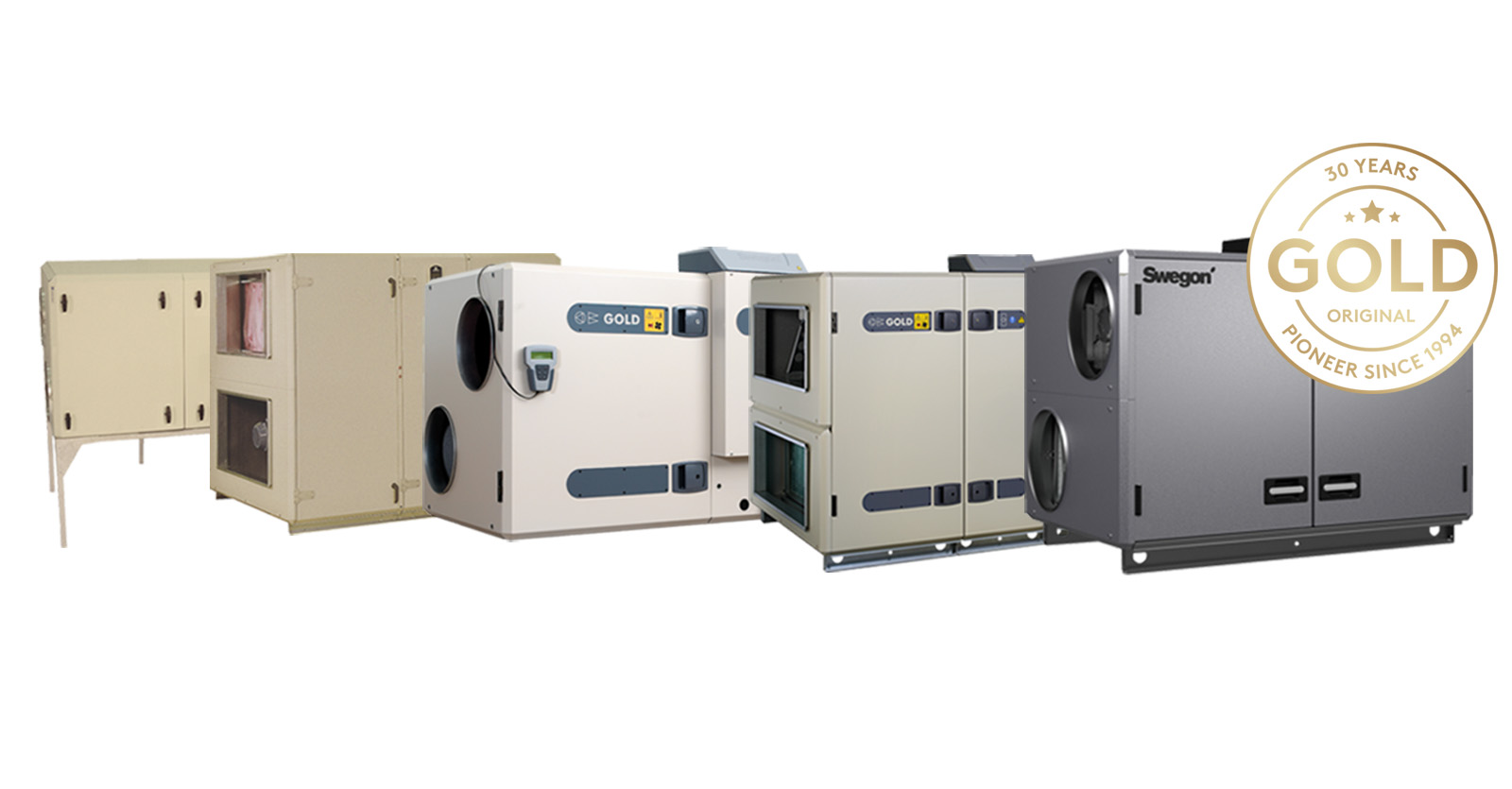Have you ever braved a Swedish winter – the biting winds, icy roads and vast snow-clad forests and mountains? These harsh conditions are often credited for Sweden´s innovative spirit, especially in creating products to keep people warm, comfortable and safe – indoors and out. When spring finally arrives, Sweden´s love for the outdoor blossoms. The unique “Allemansrätten” law, granting the right to roam freely in nature, fosters a deep environmental connection, adding a green, sustainable layer to Sweden´s leadership in innovation in the face of climate change.
From bearings to Bluetooth, a legacy of innovation
Since the dawn of the industrial age, the Swedish spirit of innovation has given birth to several groundbreaking products and services aimed at improving lives. The self-aligning ball bearing, patented by SKF in 1907, brought smooth rotation to the engineering and manufacturing industries. Tetra Pak, a tetrahedron-shaped paper packaging carton, was introduced to the market in 1963 as a hygienic, safe and lightweight replacement for glass-bottles. The three-point seatbelt, introduced in 1969, has significantly reduced deaths and injuries in car accidents worldwide. Fast forward to the 21st century and the innovative spirit of Swedes remains as strong as ever, with innovations such as Bluetooth and Spotify as testament. According to the latest yearly Global Innovation Index, Sweden ranks as the second most innovative country in the world.
Cool outside, cozy inside
The Swedish winter can be unforgiving, with temperatures often plunging below freezing and snow covering the landscape for months. No wonder the country has mastered the art of creating warm and inviting indoor environments. Central heating, once a revolutionary concept, became standard in Swedish homes much earlier than in many other parts of the world. Modern day radiant floor heating was developed in Sweden. Swedish homes are known to be well isolated, not only to keep the cold out but also to conserve energy. Triple-glazed windows, which consists of so three layers of glass separated by insulating gas, are a common feature.
Beyond these technical aspects, the Swedish winter has influenced the cultural importance of creating comfortable and inviting indoor spaces. The Swedish´ love for “mys” or “mysa”, translated loosely to “cosying up,” refers to enjoying a cozy and comfortable atmosphere – a concept you might have encountered at your nearest IKEA department store.
GOLD enters the scene
Swegon has made several contributions to making life inside cleaner and more comfortable in Sweden and beyond. Thirty years ago, the introduction of a revolutionary air handling unit (AHU), GOLD, made big waves in the industry. It all started with a simple yet powerful question: How can we make this technology better? At the time, Mats Holmqvist, Product development manager, found existing air handling units inflexible and inefficient, with each unit requiring custom controls and complicated manufacturing and installation processes. Mats and his team made it their mission to create a more streamlined, user-friendly unit. The main challenge was to integrate the controls.
“We drove down for the day to Gothenburg to visit several experts in the industry, but they all shook their heads and said it was impossible,” Mats recalls. ”We got in the car, at first we were both silent and a bit downcast, but then I said to my colleague: are you thinking what I’m thinking? ‘Yes!’ he said. ‘Let’s do it anyway!’”
And so, they did. At the point of launching GOLD in 1994, the integrated control system became a breakthrough feature, bringing flexibility and simplicity to the customer. Another key difference compared to the common custom-made units produced at the time was the standardised pre-defined sizes, which allowed for serial production, taking inspiration from the automotive industry. When GOLD was unveiled at an annual exhibition in Stockholm it created quite a stir, and has since been a cornerstone of Swegon´s product lineup.
Over the years GOLD evolved with the times, adapting to suit new demands and integrating the latest technological developments. Today, GOLD remains a market leader. Its cutting-edge integrated controls boast unmatched functionality. Flexibility is ingrained in the design, allowing for seamless customisation to suit individual project and building needs.
Dubbed the “forgiving air handling unit” GOLD adapts effortlessly to changing demands and conditions without unnecessary hassle. Its plug-and-play system simplifies commissioning and installation, minimising the need for costly and time-consuming setup procedures. With over 160,000 installations across seven continents, GOLD has established itself as a global benchmark for reliability and performance.
 GOLD units over the years.
GOLD units over the years.
Swegon and sustainability - transforming the industry
Today, sustainability is at the centre of Swegon´s efforts, dedicated to developing low carbon and energy efficient solutions for a good indoor climate. We were the first to publish environmental product declarations and have integrated recycled steel into serial production, leading to a significantly smaller carbon footprint. We have announced our commitment to set net zero emissions targets according to the Science Based Target initiative (SBTi). The spirit from when we first developed GOLD, of being at the forefront of innovation and finding new solutions to customers´ problems, remains. But innovation is much broader in Swegon today. It´s about sustainability and digitalisation, taking a systems approach, and continuing to find solutions to our customers’ problems.
One could say that Swegon and other Swedish innovators continue to push boundaries, proving that a deep connection to nature and braving the harshest winters can spark the most brilliant ideas.
In my role as the CEO of Swegon, I have the honour to lead this innovative company as we today reach the 30 years anniversary of GOLD – join us in celebrating this icon!

























.jpg?width=75&name=Image%20(5).jpg)








.jpg?width=75&name=magnus%20andersson_550x550%20(1).jpg)











.jpg?width=75&name=0%20(1).jpg)





-4.png?width=75&name=MicrosoftTeams-image%20(3)-4.png)















